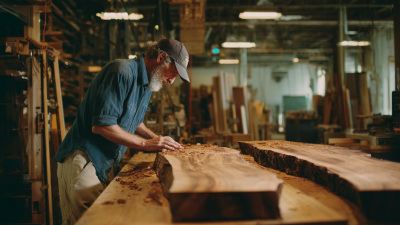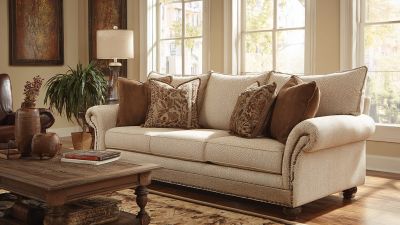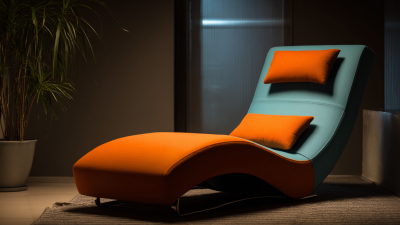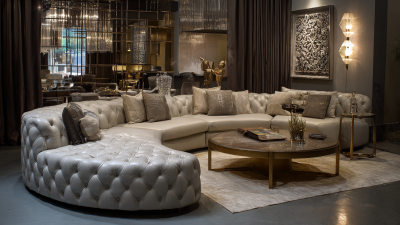The evolution of furniture chairs has been a fascinating journey, reflecting changes in design trends, user preferences, and technological advancements. According to a recent report by the International Furniture Fair, the global market for furniture chairs is projected to reach $60 billion by 2027, growing at a CAGR of 5.2%. This growth is driven by a heightened demand for ergonomic solutions, sustainable materials, and innovative designs that cater to diverse consumer needs.
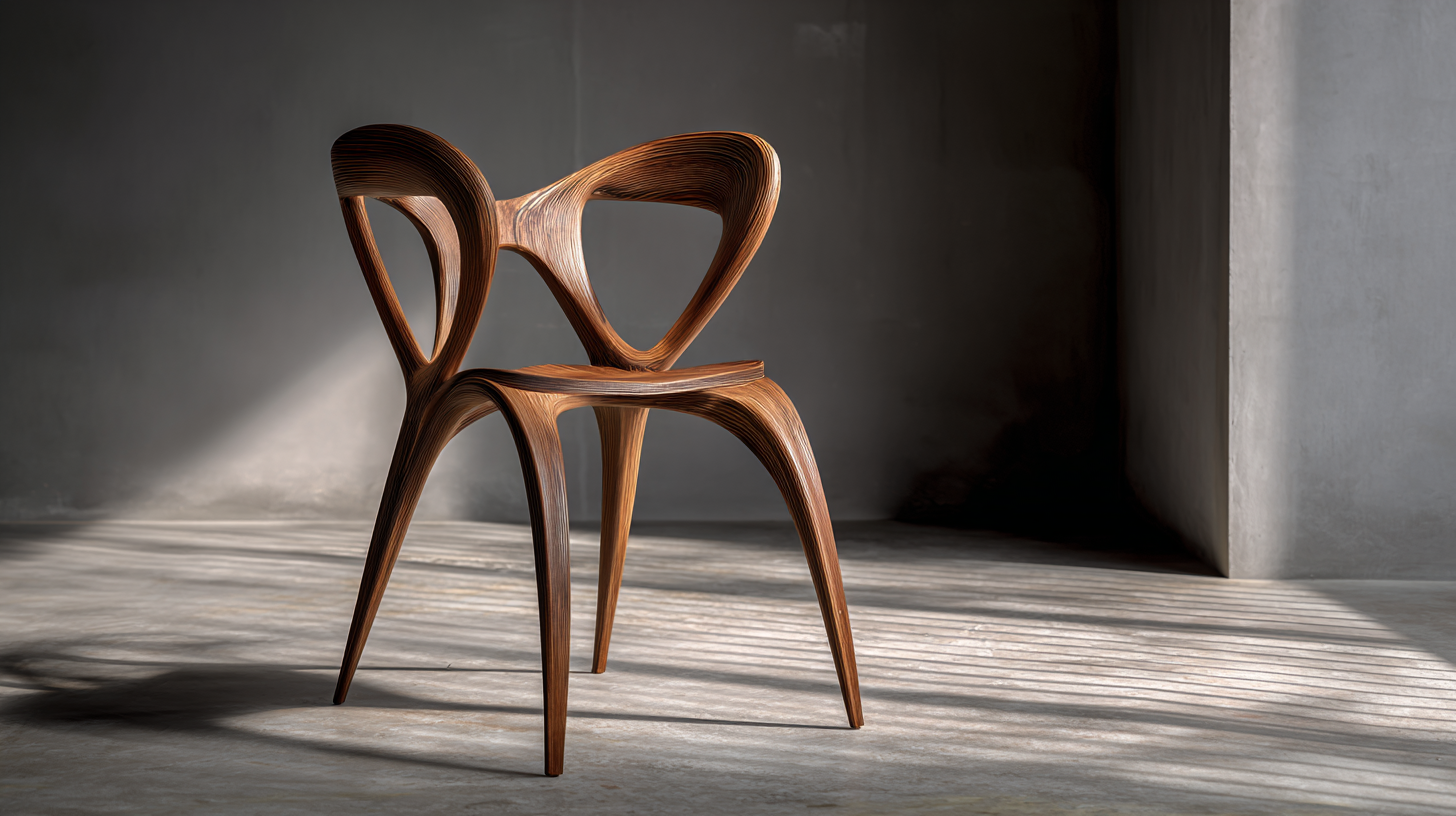
As we bridge the gap between classic designs and modern innovations, it is essential to recognize how furniture chairs have adapted over time, incorporating elements that blend functionality with aesthetics. This guide will explore the key milestones in the design evolution of furniture chairs, offering valuable tips for selecting pieces that not only enhance your interior space but also prioritize comfort and sustainability.
The evolution of chair designs has been a fascinating journey, reflecting the changing tastes and needs of society. From the ornate craftsmanship of baroque styles to the minimalist approach of contemporary pieces, classic chair designs offer a glimpse into the artistic movements throughout history. According to a recent report by the International Furniture Fair, classic designs still account for approximately 40% of the high-end furniture market, indicating their enduring appeal.
Throughout various periods, such as the Victorian era and the mid-century modern movement, chair designs have not only served functional purposes but also represented cultural ideologies. For instance, the introduction of ergonomic designs in the late 20th century revolutionized how we think about comfort and usability, with studies showing that ergonomically designed chairs can reduce workplace injuries by up to 40%.
Tips for choosing a classic chair include considering the proportion and scale that fit your space. Opt for materials that complement your existing décor, and don’t shy away from incorporating bold colors or patterns that can act as conversation starters. Mixing classic pieces with modern elements can create a timeless aesthetic that feels both fresh and inviting.
This chart illustrates the popularity of various chair designs from classic to modern innovations, showcasing the evolving preferences over the decades.
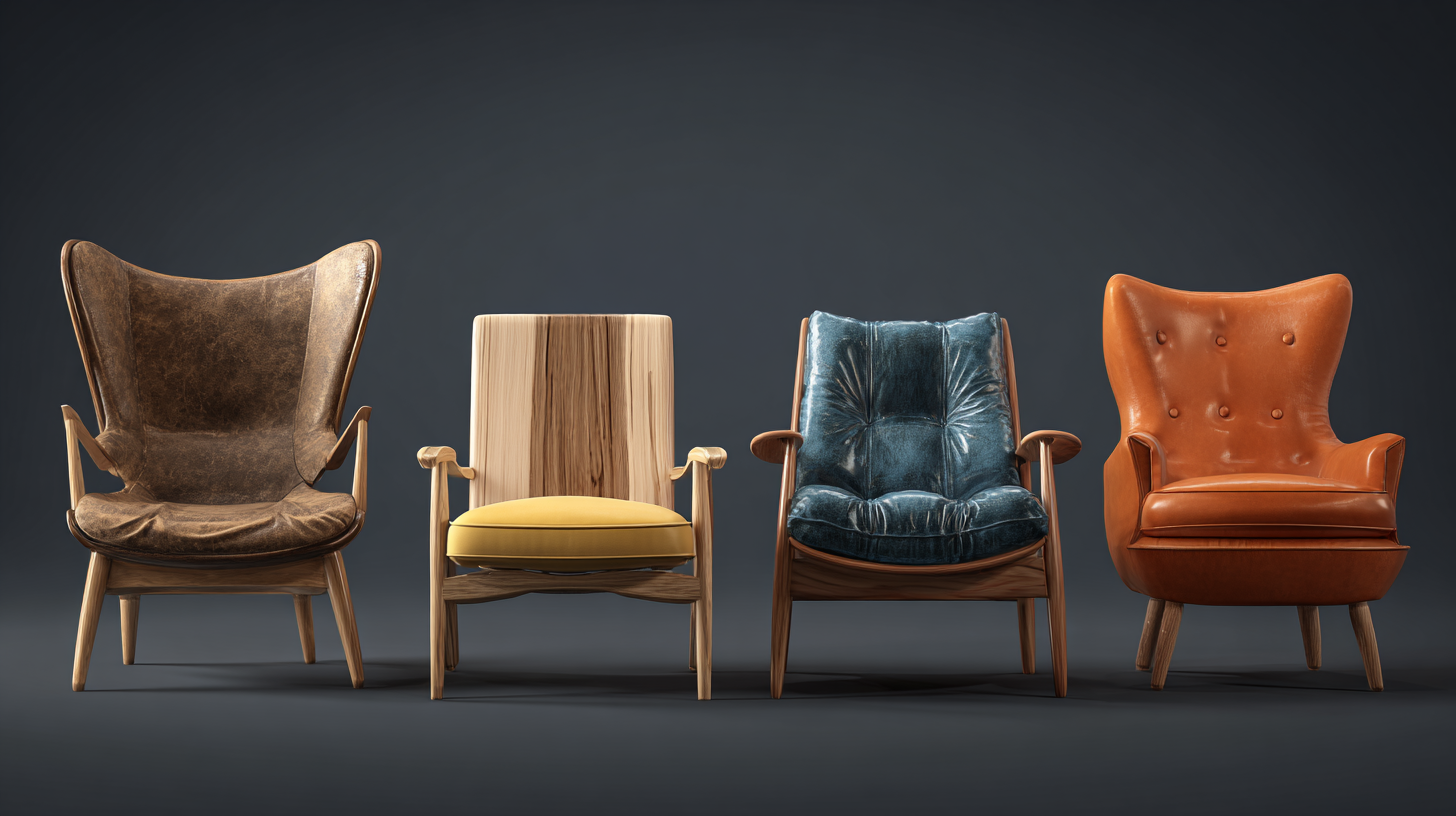 The evolution of furniture chairs has been significantly influenced by various cultural movements throughout history. For instance, the Arts and Crafts movement in the late 19th century emphasized handmade quality and natural materials, an ethos that led to the production of functional yet aesthetically pleasing designs. This movement not only highlighted craftsmanship but also catered to a growing appreciation for simplicity and nature in furniture design. According to a 2022 report by the International Furniture Fair, this shift has resulted in a 30% increase in demand for eco-friendly materials in chair manufacturing.
The evolution of furniture chairs has been significantly influenced by various cultural movements throughout history. For instance, the Arts and Crafts movement in the late 19th century emphasized handmade quality and natural materials, an ethos that led to the production of functional yet aesthetically pleasing designs. This movement not only highlighted craftsmanship but also catered to a growing appreciation for simplicity and nature in furniture design. According to a 2022 report by the International Furniture Fair, this shift has resulted in a 30% increase in demand for eco-friendly materials in chair manufacturing.
In contrast, the mid-20th century saw the rise of Modernism, which championed minimalism and cutting-edge materials like molded plastic and metal. Designers like Charles and Ray Eames revolutionized chair design, focusing on form and functionality while rejecting unnecessary embellishments. A study by the Furniture Designers Council indicated that modernist designs accounted for approximately 45% of furniture sales in 2023, reflecting the ongoing popularity of these innovative styles. This interplay between cultural contexts and design trends illustrates how furniture chairs not only serve practical purposes but also embody the artistic expressions of their time.
In recent years, the evolution of furniture chairs has witnessed a remarkable shift driven by the emergence of industrial materials and techniques. Traditionally, chairs were crafted from solid woods and upholstered fabrics, highlighting craftsmanship and artisanal skills. However, the rise of industrial processes has introduced materials like molded plastic, metal alloys, and composite wood, enhancing both durability and design flexibility. These materials allow for innovative shapes and forms that were previously unattainable, resulting in ergonomic designs that prioritize comfort and functionality alongside aesthetics.
Moreover, techniques such as computer-aided design (CAD) and advanced manufacturing technologies have revolutionized chair production. These methods enable designers to explore intricate forms and patterns while maintaining affordability and mass production capabilities. The combination of industrial materials with modern techniques has led to a new wave of chairs that not only serve practical purposes but also reflect contemporary artistic expressions.
As a result, today's furniture chairs have transcended mere functionality, evolving into stylish, statement pieces that embody the spirit of modern interior design.
In recent years, the shift towards sustainability in furniture design has gained remarkable momentum, transforming traditional chair production into an eco-friendly venture. Manufacturers are now emphasizing the use of sustainable materials such as reclaimed wood, recycled metals, and biodegradable fabrics. These innovations not only minimize environmental impact but also cater to a growing consumer demand for responsibility in purchasing decisions. As a result, classic designs are being reimagined with eco-conscious elements, allowing traditional aesthetics to coexist with modern sustainability principles.
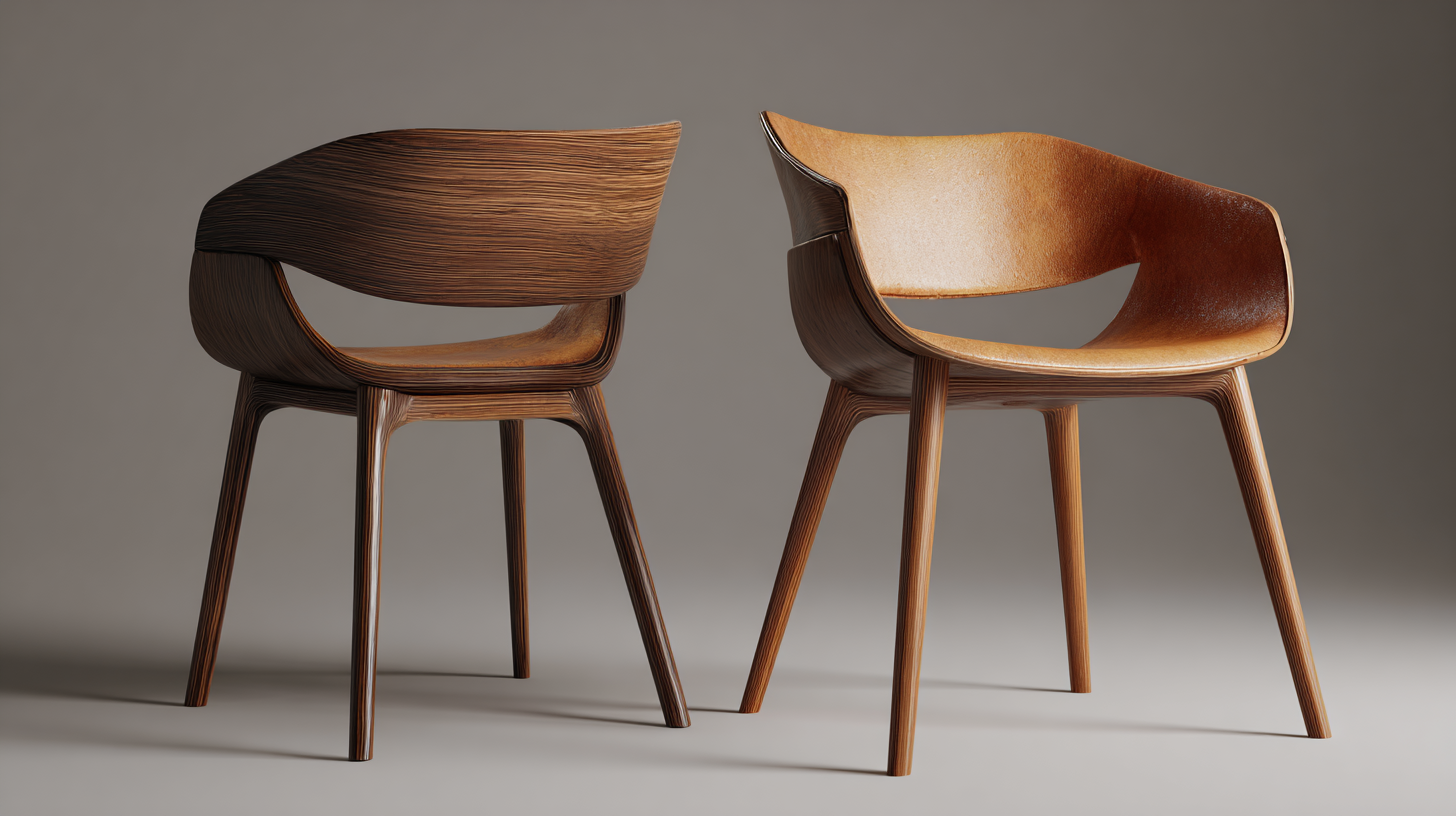 Moreover, contemporary furniture manufacturers are employing innovative production techniques that further support eco-friendliness. Techniques such as 3D printing, which reduces waste material, and modular designs that promote long-lasting use, have become increasingly popular. Brands are also focusing on the entire lifecycle of their products, ensuring that chairs are not only stylish but also easy to repair, recycle, and repurpose. This evolution reflects a broader cultural shift towards sustainability, marrying the beauty of classic chair designs with the pressing need for environmental stewardship in today's furniture market.
Moreover, contemporary furniture manufacturers are employing innovative production techniques that further support eco-friendliness. Techniques such as 3D printing, which reduces waste material, and modular designs that promote long-lasting use, have become increasingly popular. Brands are also focusing on the entire lifecycle of their products, ensuring that chairs are not only stylish but also easy to repair, recycle, and repurpose. This evolution reflects a broader cultural shift towards sustainability, marrying the beauty of classic chair designs with the pressing need for environmental stewardship in today's furniture market.
As the global Gynecological Examination Chairs market continues to evolve, the integration of smart technology and ergonomic design is reshaping how seating solutions are developed and utilized. By 2034, the market size is expected to grow from USD 0.125 billion in 2025 to USD 0.174 billion, reflecting a significant demand for innovative and user-friendly seating options. These chairs are increasingly designed not only for comfort but also to enhance the efficiency of medical examinations and procedures.
Future trends in this sector point towards the incorporation of advanced features that improve patient experience and practitioner convenience. Smart technology, such as adjustable settings that can be controlled via mobile applications and integrated monitoring systems, allows for a tailored experience that meets individual needs. Concurrently, ergonomic design principles are being prioritized to ensure that these chairs support optimal body mechanics, reducing strain during long procedures while enhancing accessibility. This fusion of functionality and innovation is set to redefine the standards of gynecological examination chairs, making them more sophisticated and responsive to the demands of modern healthcare environments.

